Are you planning and communicating your feedback criteria? Here is our Blended and Online Assessment Taxonomy Design, an infographic to help you plan better assessments.
Get Started for FREE
Sign up with Facebook Sign up with X
I don't have a Facebook or a X account
 Your new post is loading... Your new post is loading...
 Your new post is loading... Your new post is loading...

Ante Lauc's curator insight,
August 16, 2014 1:50 AM
GAU is, as me, in reprocessing and restructuring. I do believe that love and freedom will be created, but we have to be patient. 
Rosemary Tyrrell, Ed.D.'s curator insight,
August 16, 2014 11:55 AM
This is a useful tool for generating clear student outcomes.

Ness Crouch's curator insight,
September 1, 2014 5:53 AM
This is a really interesting look at Bloom's Revised Taxonomies. It's a fantastic way of integrating the Knowledge Dimension. I love this visual!

Maureen Greenbaum's curator insight,
January 5, 2014 3:13 PM
This Wiki is great cause we can nowocollaborate 
Kimberly House's curator insight,
January 7, 2014 7:59 AM
A great one-stop shop to explore apps targeted at different levels of Bloom's Taxonomy. Easily navigated and broken down into experiences and evidence as well. Good find! 
Ness Crouch's curator insight,
January 14, 2014 10:32 PM
Always great to have your web tools orgnaised for you :)

Michelle Daniels's curator insight,
November 16, 2013 3:20 PM
As I become a better facilitator it is important to find engaging, effective and efficient methods and strategies within the classrooms of our children; as well as for all adults attending brick & mortor or online colleges. Bloom's Taxonomy is an essential tool! 
David Donat's curator insight,
August 11, 2015 6:41 PM
Bones orientacions sobre com aplicar la Taxonomia de Bloom en la pràctica docent (i una interessant lectura recomanada)

Sue Alexander's curator insight,
July 21, 2013 9:40 PM
An excellent analogy, and a visual my students will surely relate to in the Art Room. I think this will be helpful as they plan and reflect upon their own learning goals.
Jessica Rebstock's curator insight,
July 22, 2013 11:55 AM
I appreciate that this view of Bloom's Taxonomy is less linear. Every course needs a different blend of Bloom's learning levels.

Sue Blough's comment,
June 21, 2013 4:23 PM
This article is relevant to idea of engaging students in multiple ways and multiple intelligences. Good food for thought.

Alfredo Corell's curator insight,
June 23, 2013 7:47 AM
New ways we might use PowerPoint in our classroom.

Amanda Rogers's comment,
April 20, 2013 1:04 AM
Having this available would cement Blooms into everyday teaching and this application would enable teachers to have it to hand.
|

K.I.R.M. God is Business " From Day One"'s curator insight,
April 17, 2015 7:31 AM
SOME TIMES KNOWING THE RIGHT QUESTION TO ASK WILL GET THE RIGHT ANSWER FOR THE PROBLEM YOU ARE TRYING TO SOLVE!! IF YOU DON'T KNOW WHAT TO ASK YOU MAY NOT GET THE RIGHT ANSWER FOR YEARS BUT THE ANSWER TO THE QUESTION THAT WAS ASKED!?!

Sue Alexander's curator insight,
April 5, 2014 5:21 PM
I love the clarity of the digital verbs! I think the specific content of the "doing" might allow for a bit of repositioning in the chart, but it's certainly a great starting point in analyzing the tasks and output of a lesson.

R Hollingsworth's curator insight,
February 5, 2014 8:38 AM
Love the title: "Teaching with your mouth shut" 
Sue Alexander's curator insight,
February 5, 2014 9:40 AM
Fantastic resource, especially if you take time to really reflect on the sample questions posed.
Andrew Bennett's comment,
October 28, 2014 12:34 AM
Wow, what a great tool! Sometimes the biggest challenge in writing objectives is simply being able to articulate what you want from students. This will be a great resource for that step!
Andrew Bennett's comment,
October 28, 2014 12:34 AM
Wow, what a great tool! Sometimes the biggest challenge in writing objectives is simply being able to articulate what you want from students. This will be a great resource for that step!

Zina Alaswad's curator insight,
October 16, 2015 7:54 PM
Although I don't appreciate ready-made wizards such as this one. But it could be a good tool to just start with and build upon the objectives produced by this tool.

Camille Lutz's curator insight,
April 29, 2013 11:27 PM
This information is helpful when looking at pedagogy and technology. 
Tracy Hanson's curator insight,
May 1, 2013 7:22 AM
Both useful tools when setting up your iPad efficiently

Ricard Garcia's curator insight,
June 11, 2013 4:23 AM
Pinterest is a vast source of possibilities for the classroom... here's a good article with different ways to make the best of it. 
AlGonzalezinfo's curator insight,
June 21, 2013 6:56 AM
This is a great example of how to use the Infographic format to educate and share knowledge with others. It make sense that a teacher would do it. Fantastic! 
Audrey's curator insight,
March 8, 2014 5:38 PM
Once you start using these two learning strategies teaching becomes a real pleasure as students will be teaching the topics. In addition they will be able to give evaluative and analytical commentary. Audrey for www.homeschoolsource.co.uk .
This certainly works for psychology at www.hotmoodle.com

Allan Carrington's comment,
March 8, 2013 6:29 PM
THE PADAGOGY WHEEL: Thanks Jenny for reposting this. I am the first to agree that some of these apps might be better placed elsewhere on the wheel also there are more than one place for each app and there is constant need for updating as new apps are released. Where I am planning to take this next is develop "app powered learning sequences" i.e. connecting more than one app together to build a learning activity sequence. This will IMHO generate a highly engaging flow of transformational learning .... what do others think?
Also I thought some people might also find my 1.57 min video thought provoking. In it I introduce this wheel and more research I am working on with graduate attributes, Please visit http://tinyurl.com/padwheelvid which will be redirected to YouTube. I am calling the method the CAMERA Method .. "Capabilities and Attributes Mapping for Educational Results inspiring Achievement" ... it's all about the students being all they can be. It is about mapping everything back to graduate attributes, values and capabilities These are more than learning outcomes, they are an attempt to define a graduate. There is also the podcast episode I did with Prof Geoff Scott of the Uni of Western Sydney. He has done years of research into graduate capabilities (aka values or attributes) It is fascinating stuff in the context of Technology Enhanced Learning and Teaching. He has asked the people who give the jobs and catalogued what the respective industries in the market place want in graduates. Duh! Look at the list and ask yourself are they being developed in students from Higher Education or in Education in general ... this is why mapping is so important. Are we equipping graduates to excel and make a difference .... hmmm! Have a look and listen to http://tinyurl.com/alsltblog. "If you exercise these capabilities ... you will be employed!" This sort of stuff makes the "CAMERA method" worth developing. Comments are welcome guys? ... regards Allan. 
Keshena Cooke's curator insight,
January 24, 2014 8:30 PM
For those trying to use technology in the classroom, this is worth a look. |



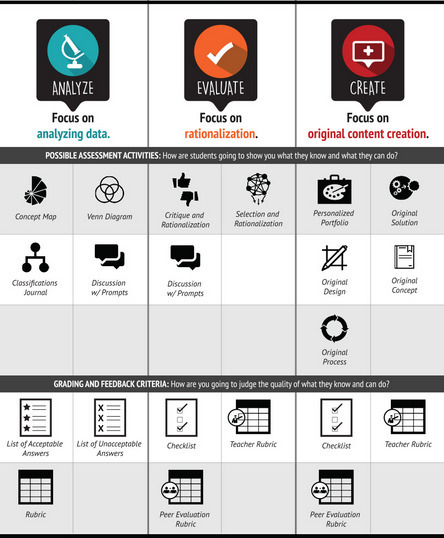

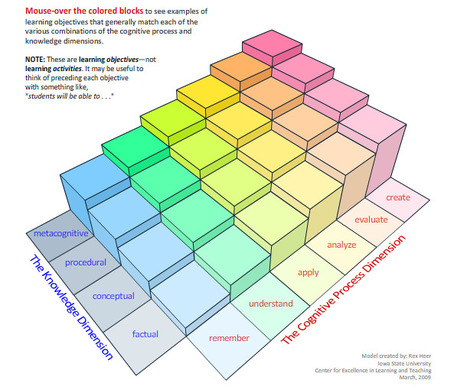
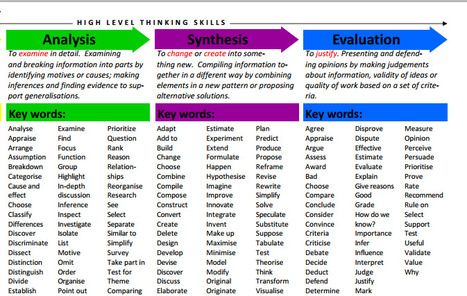
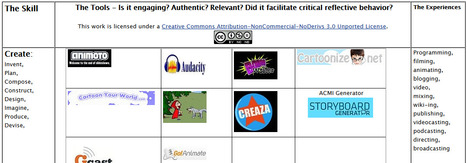
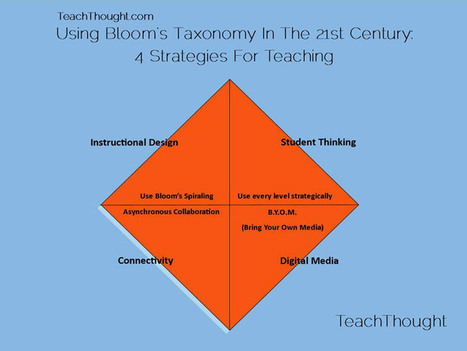




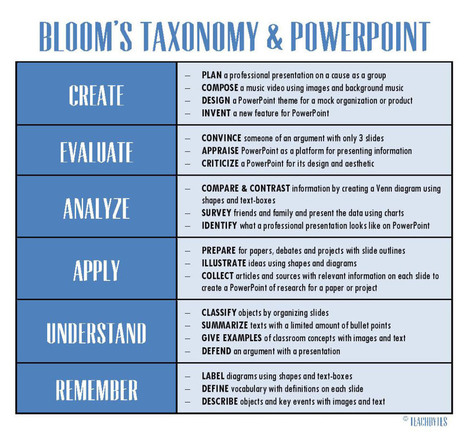

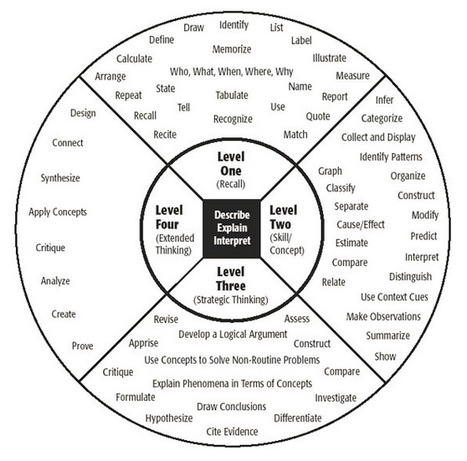
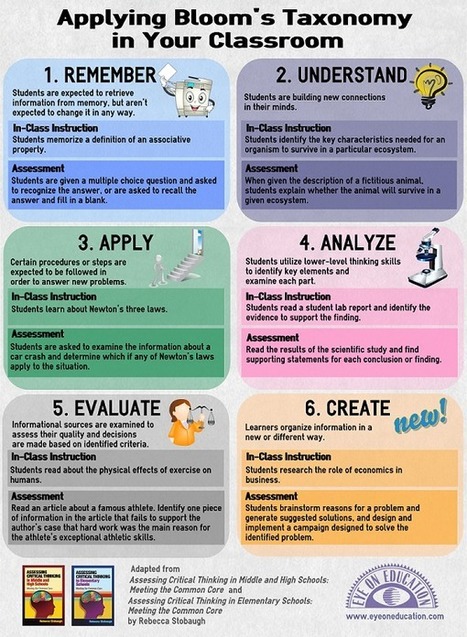
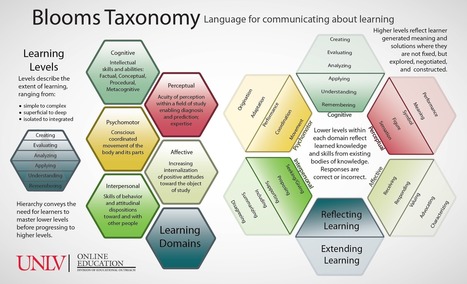
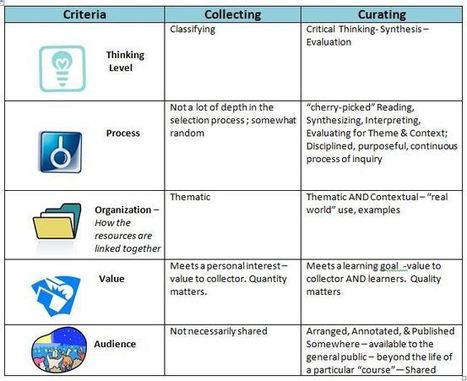

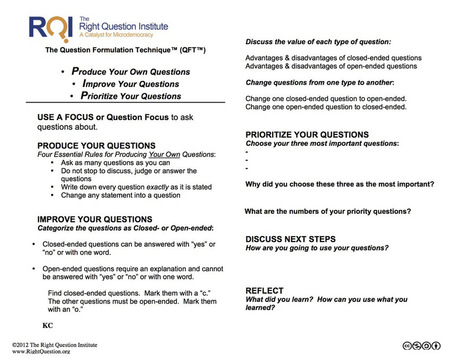
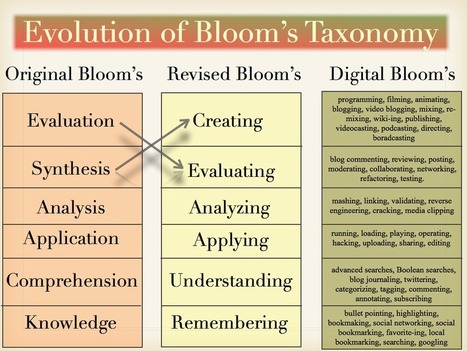

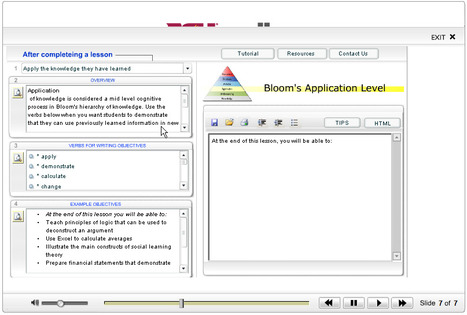
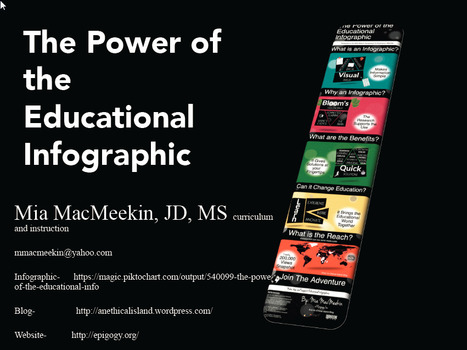
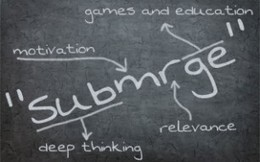


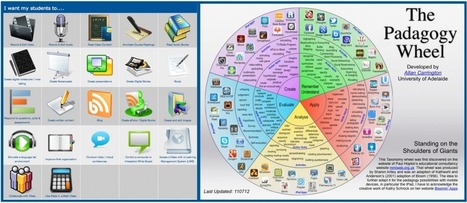
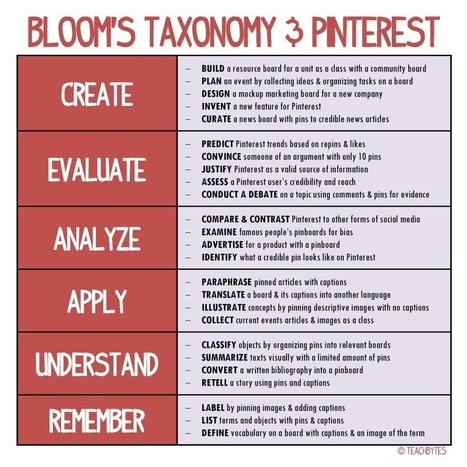








Nice info graphic for Blended Model Design and think through. Just add toolsets , curated content and PD